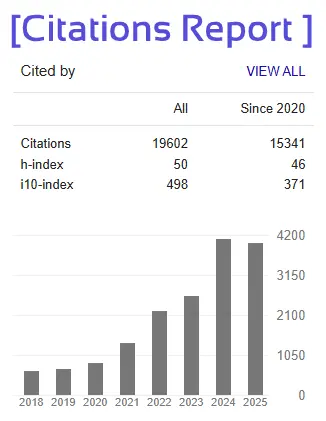- Version
- Download 74
- File Size 571.71 KB
- File Count 1
- Create Date 13/06/2025
- Last Updated 16/06/2025
“AI-Driven Service Delivery Optimization in IT: Techniques and Strategies”
MD ASHKAN ANSARI (23GSOB201XXXX)
MBA
School of Business, Galgotias University
Abstract:
Artificial Intelligence (AI) has revolutionized IT service delivery by enabling unprecedented levels of optimization and efficiency. This study examines how AI-enhanced service delivery methods improve operational performance, reduce costs, and enhance customer satisfaction. By integrating AI into IT Service Management (ITSM), organizations can automate routine tasks, leverage predictive analytics, and make data-driven decisions—all of which contribute to higher-quality IT services. The ability of AI to process vast amounts of data and identify patterns allows businesses to operate more intelligently and proactively than ever before.
One of the most impactful applications of AI in IT service delivery is predictive maintenance. AI systems analyze historical data to detect anomalies and predict potential system failures before they occur. This proactive approach enables IT teams to address issues early, minimizing downtime and ensuring continuous service availability—a critical requirement in today’s always-on business environment. Additionally, AI plays a crucial role in incident management by automating the categorization, prioritization, and resolution of IT issues. This reduces the need for manual intervention, speeds up response times, and allows IT staff to focus on more complex tasks rather than repetitive troubleshooting.
AI has also transformed customer support in IT services through intelligent chatbots and virtual assistants. These AI-powered tools provide instant, 24/7 assistance, handling a wide range of customer inquiries with increasing accuracy. Over time, machine learning enables these systems to refine their responses based on past interactions, delivering more personalized and efficient support. This not only improves customer satisfaction but also reduces the workload on human support teams. Beyond customer interactions, AI enhances resource allocation by analyzing usage patterns and optimizing the distribution of IT personnel and infrastructure. Machine learning algorithms help organizations allocate resources more efficiently, reducing waste and lowering operational costs. AI can even predict peak demand periods, allowing businesses to adjust staffing levels proactively and avoid unnecessary expenses.
Despite its many benefits, the adoption of AI in IT service delivery is not without challenges. Data privacy concerns arise due to the vast amounts of sensitive information processed by AI systems, requiring strict compliance with security regulations. The initial investment in AI infrastructure and expertise can be substantial, posing a barrier for some organizations. Additionally, over-reliance on AI may lead to reduced human oversight, potentially resulting in errors or biases in decision-making. Companies must carefully weigh these risks and implement strategies to mitigate them, ensuring a balanced approach between automation and human control.
In conclusion, AI-driven optimization is reshaping IT service delivery by enhancing efficiency, reducing costs, and improving customer experiences. As AI technology continues to evolve, its role in ITSM will become even more critical. Businesses that embrace these advancements will gain a competitive edge, while those that delay adoption risk falling behind. The future of IT service management lies in the strategic integration of AI, combining its analytical power with human expertise to deliver smarter, faster, and more reliable services.
**Keywords:** AI-driven optimization, IT service delivery, predictive maintenance, incident management, customer support, resource allocation, automation, ITSM, machine learning, workforce management.







